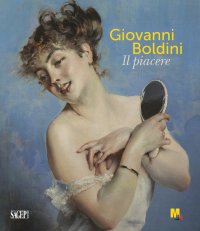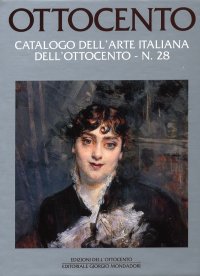Giovanni Boldini. Il Piacere
Rovereto, Mart, November 14, 2020 - February 28, 2021.
Edited by Beatrice Avanzi and Tiziano Panconi.
Genova, 2020; paperback, pp. 368, col. ill., col. plates, cm 24x28.
cover price: € 54.00
|
Books included in the offer:
Giovanni Boldini. Il Piacere
Rovereto, Mart, November 14, 2020 - February 28, 2021.
Edited by Beatrice Avanzi and Tiziano Panconi.
Genova, 2020; paperback, pp. 368, col. ill., col. plates, cm 24x28.
FREE (cover price: € 54.00)
Ottocento. Catalogo dell'Arte Italiana dell'Ottocento. Vol. 30
Milano, 2001; paperback, pp. 495, b/w ill., col. plates, cm 22x30,5.
FREE (cover price: € 40.00)
Ottocento. Catalogo dell'arte italiana dell'Ottocento. VOL. 28
Milano, 1999; bound, pp. 800, col. plates, cm 22x30.
FREE (cover price: € 77.47)
Reinventing Pompeii. From Wall Painting to Iron Construction in the Industrial Revolution
Gabriella Cianciolo Cosentino
Campisano Editore
English Text.
Roma, 2020; paperback, pp. 256, 60 b/w ill., 50 col. ill., cm 15,5x21,5.
(Saggi di Storia dell'Arte. 63).
series: Saggi di Storia dell'Arte
ISBN: 88-85795-39-0 - EAN13: 9788885795396
Subject: Historical Essays,History of Architecture
Places: Campania,Naples
Languages: 
Weight: 0.65 kg
models, motifs, and ideas found in fresco paintings, were transformed into iron elements at various scales, ranging from the decorative detail to the structural support. This study also explores other forms of dialogue with the ancient city, both theoretical and applied, as well as archaeological, art historical, and philosophical issues related to the paintings and their afterlife.











